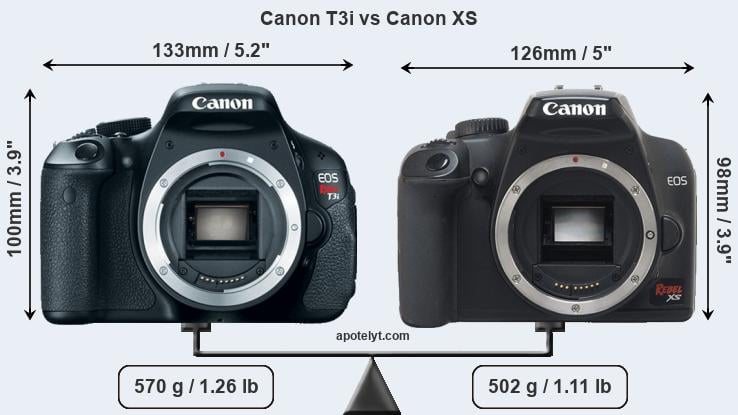

On the other hand, it lacks common perks Sony, Pentax, and Olympus include in their cameras, like in-body mechanical stabilization and a wireless flash controller in the body, a feature I occasionally find quite useful. Canon also offers the BG-E5 battery grip. For example, shutter speeds range from 30 seconds to 1/4,000 second with a flash sync speed of 1/200 second and the camera employs a 35-zone TTL metering system. Remaining specifications are in line with the previous Rebel. Introduced last year in the 40D, the Auto Lighting Optimizer is now available in all exposure modes and employs face detection to prevent the underexposure of backlit faces I complained about in the XTi (it works). Also, the XSi includes Canon's Auto Lighting Optimizer, which automatically adjusts contrast and brightness in case the image you captured isn't quite perfect. The camera also includes the same Highlight Tone Priority mode found in the 1D Mark III, which helps preserve detail in the brightest portion of a scene.
How to canon rebel xs review plus#
I also mark the switch from CompactFlash to SDHC in the plus column. The latter wouldn't be much of a standout if Nikon hadn't dropped to three-area AF in the D60. On some counts, the XSi offers some pretty nice specs, highlighted by the 12-megapixel APS-C size CMOS sensor (for Canon's traditional 1.6x focal-length multiplier) and 9-point user-selectable autofocus system.

It requires you to move all the way down the first column to get to the settings in the second column. Also, in some cases when you have two columns to navigate, as with Picture Style settings, it doesn't let you move to the right or left.
How to canon rebel xs review iso#
For instance, you can change ISO sensitivity with either the dial or the navigation buttons, but can only navigate metering choices via the nav. However, the menus can be, irritatingly, a bit inconsistent and sometimes dumb. With My Menu you can build a go-to list of the most frequently accessed menu settings-in my case, for instance, Format and Live View settings. The biggest operational advantage the XSi offers over competitors is My Menu, which it inherits from older models. (For more on the camera design, click through to the slide show.) None require two-handed operation: when you push the button to change ISO, white balance, metering, and so on, the menu persists while you navigate the options. Almost all the buttons lie under your right hand, and each feels slightly different so that you can grope them without looking. The larger 3-inch LCD necessitated some changes to the control layout from the XTi's, and I prefer the new over the old. Still, I don't find it as comfortable to hold as most other dSLRs. I can't quite put my finger on the reason why: it's not especially shallow, and Canon improved it over the XTi's with a more rubbery-feeling cover. Its smooth plastic body still feels a bit on the cheap side, and I'm not crazy about the grip. Slightly larger than the XTi, the XSi shaves a couple of ounces of the weight to 1 pound, 2.5 ounces.


 0 kommentar(er)
0 kommentar(er)
